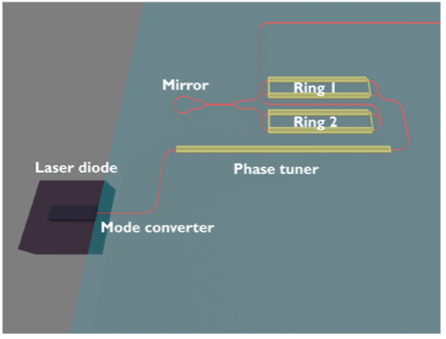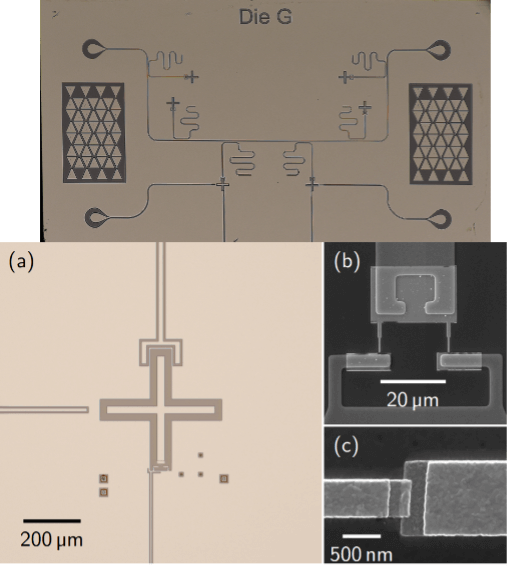Summary
Heavy metals are a major public health concern and their on-site detection in water supplies is not well served by existing lab techniques. We develop a new multi-modal platform comprising functionalized quantum dots of two-dimensional materials (2D-QDs) for the sensing of four highly-toxic heavy metal pollutants (arsenic, cadmium, lead and mercury). The zero-dimensional nature of quantum dots brings essential properties necessary for fluorescence-based chemical sensing of heavy metals in the field. We focus on one type of 2D material, molybdenum disulfide (MoS2), which is a direct band gap semiconductor when produced as a monolayer. To fabricate and functionalize the 2D-QDs, we expose flakes of MoS2 suspended in a solution to a pulsed laser. This technique allows us to simultaneously functionalize the 2D-QDs, so that they become sensitive to a specific pollutant metal, and control their fluorescence wavelength, so that 2D-QDs functionalized for different target metals will produce distinguishable optical signals. By combining multiple types of functionalized 2D-QDs into a single solution capable of simultaneously identifying various heavy metals, we expect to advance a range of applications that require a field-deployable solution. These include for example, rapid contaminant point source identification, and water analysis of heavy metals in developing countries where conventional equipment is too costly.

Figure 1. Functionalized quantum dots of a 2D material are being developed for fluorescence-based chemical sensing of toxic heavy metal pollutants.
Related Content
QuantumIon: an open-access quantum computing platform
Summary Trapped ions are one of the most advanced technologies for quantum computing, offering multi-qubit control in a universal quantum computing architecture and the ability to perform calculations with unprecedented precision. In this project we construct a shared trapped-ion quantum computing platform, QuantumIon, that will enable a broader and interdisciplinary scientific community to access an […]
September 9, 2019

Visible wavelength external cavity diode lasers in photonic integrated circuits for atomic technologies
Atoms can be controlled by manipulating their internal states using agile, quiet and reliable laser sources. An external-cavity diode laser (ECDL) is a crucial enabling technology to realize such laser sources since it allows for the narrowing of the linewidth of a laser diode and precise tuning of the laser frequency. This project aims to […]
April 19, 2023

Extensible Technology for a Medium-Scale Superconducting Quantum Processor
Summary Superconducting quantum bits, or qubits, use circuits made from superconducting materials to harness quantum mechanical states. These devices contain many atoms, but can behave as simple, controllable qubits. We are building technologies for the control and measurement of superconducting qubits to enable the first demonstration of an extensible, medium-scale quantum processor. Our approach […]
November 28, 2016

Building Blocks for Quantum Neuromorphic Computing: Superconducting Quantum Memcapacitors
Quantum neuromorphic computing (QNC) is a novel method that combines quantum computing with brain-inspired neuromorphic computing. Neuromorphic computing performs computations using a complex ensemble of artificial neurons and synapses (i.e., electrical circuits) to emulate the human brain. QNC may lead to a quantum advantage by realizing these components with quantum memory elements, or memelements, which […]
June 12, 2023

